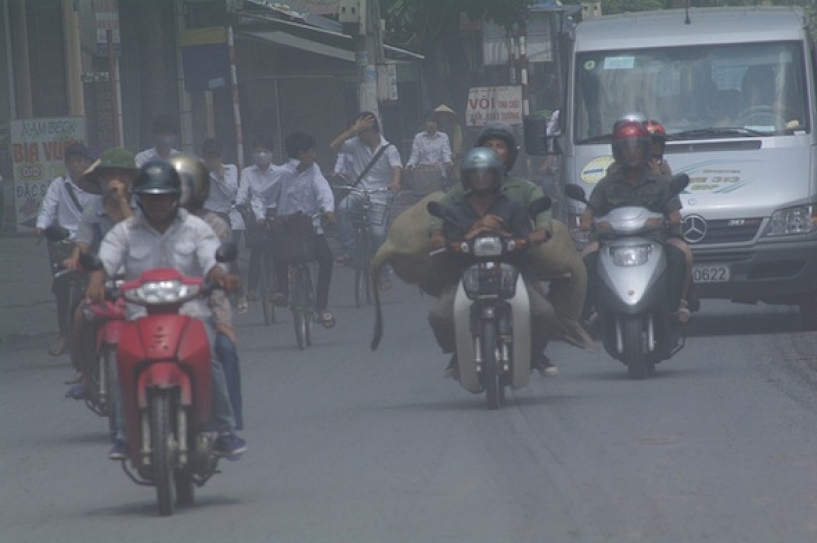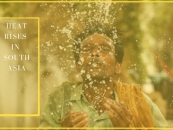
CO2 emissions in ASEAN from transport sector will double by 2050, warns energy agency
by The Daily Eye Team June 17 2014, 6:21 am Estimated Reading Time: 1 min, 21 secsIf the International Energy Agency (IEA) is to be believed, the amount of carbon emissions from transport in ASEAN nations will double by 2050. At the same time, carbon emissions from transport in developed world will remain almost unchanged. The current emissions from transport account for nearly one-fourth of the total amount of artificially released CO2. IEA predicts that the share of emissions from developing countries, which is 35 per cent today, will nearly double to 66 per cent by 2050.The IEA report, ‘A Study of Long-Term Transport Action Plan for ASEAN’, published in April this year, aims to provide traffic policy recommendations for carbon emissions reduction from transport in ASEAN in 2050 to the defined target value of 0.33 tonnes per capita.
According to the Intergovernmental Panel on Climate Change (IPCC), there is a need to reduce greenhouse gas emissions to half of the current level or by 80 per cent, depending on scenarios, by 2050 in order to stabilise our climate—to limit the future rise in temperature to 2°C or less (read latest IPCC report) . The IEA study covers 10 ASEAN countries—Singapore, Indonesia, Malaysia, the Philippines, Thailand, Vietnam, Laos, Myanmar, Cambodia, and Brunei—and proposes measures for each country to reduce its carbon emissions from transport sector (see box). The report points out that since the population and economy of these countries are expected to grow in future, traffic will also steadily rise and become one of the major problems in Asia. This makes it imperative to take mitigation measures from now on in order to reduce carbon emissions and, thus, global warming by 2050.




-173X130.jpg)
-173X130.jpg)
-173X130.jpg)
-173X130.jpg)
_(1)-173X130.jpg)

-173X130.jpg)
